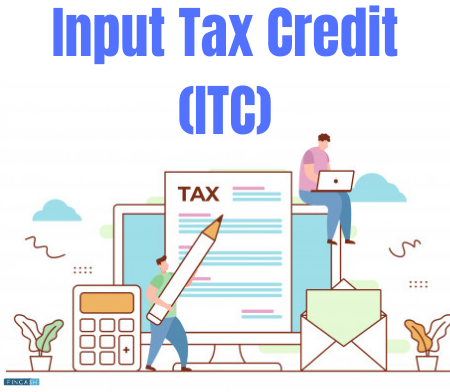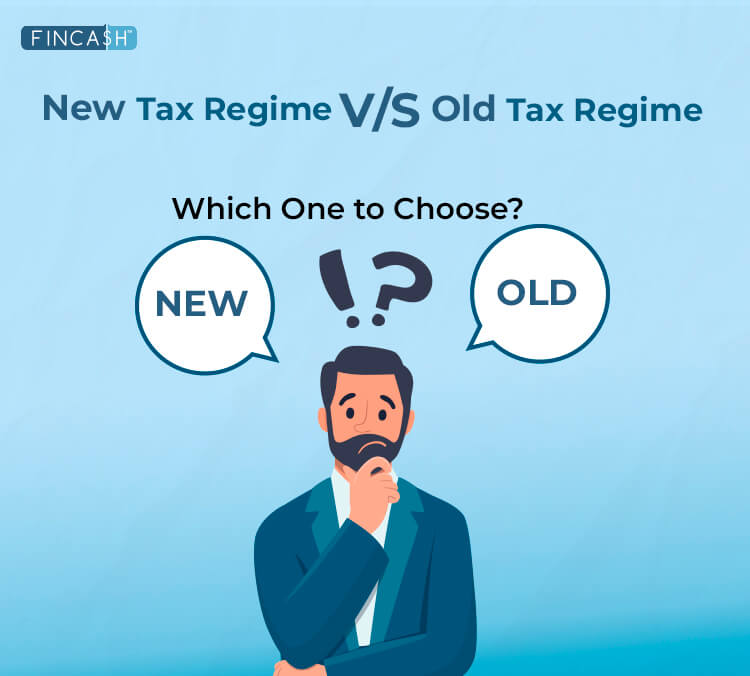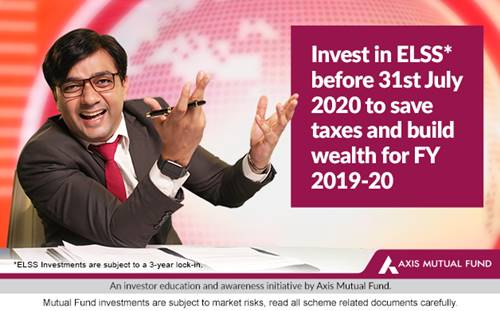Input Tax Credit (ITC)- What is Input Tax Credit?
The Input Tax Credit (ITC) is available when an individual is covered under the Goods and Services Tax (GST) Act. This means that you are eligible to claim ITC if you are a supplier, agent, manufacturer, e-commerce operator, etc.

What is Input Tax Credit?
ITC is the tax that a business pays for a purchase. This can be used to reduce the Tax Liability when there’s a sale. For eg. When a trader makes a sale to consumers, GST is collected based on the HSN code of the goods and the location. If the retail price of the goods delivered is Rs. 2000 and the GST applicable is 18%, the consumer will have to pay a total of Rs. 2280, which includes GST of Rs. 280. Without ITC, the trader will have to pay Rs. 280 to the government. With ITC, the trader can reduce total tax payable to the government.
How to Claim Input Tax Credit?
In order to claim an Input Tax Credit, consider the following:
1. Purchase tax invoice/debit note
You can claim ITC if you have a purchase tax invoice or debit note issued by a registered dealer.
2. Received goods/services
In order to claim ITC, you should have received the goods/services.
3. Tax charged on purchases deposited/paid
The tax charged on purchases should be deposited/paid to the government by the supplier via a cash or claiming ITC.
4. ITC can be claimed only when tax is deposited
You can claim ITC when your supplier has deposited the tax he has collected from you. Before claiming ITC all this will be validated.
5. Exports
Input Tax Credit can be claimed on zero-rated supplies/exports. This is also taxable.
6. Documents
Input Tax Credit can be claimed with a tax invoice, supplementary invoice.
7. Electronic cash/credit
The input tax credit should be claimed through electronic credit/cash ledger.
Talk to our investment specialist
Input Tax Credit Under GST
The three Types of Taxes are Central Goods and Services Tax (CGST), Inter-state supplies of goods and services (IGST) and State Goods and Services Tax (SGST).
1. Central Goods and Services Tax (CGST)
CGST ITC received against CGST cannot be used to pay against SGST liability.
2. State Goods and Services Tax (SGST)
SGST ITC received against SGST cannot be used to pay CGST liability.
Documents Required to Claim Input Tax Credit
Anyone who wants to claim an Input Tax Credit has to submit the following documents:
1. Invoice
The applicant should submit a supplier issued an invoice for supply the goods and services or both according to GST law.
2. Debit note
The debit note issued to the recipient by the supplier for tax payable or taxable value as specified in the invoice.
3. Bill of entry
Submitting Bill of entry is important in order to claim ITC.
4. Credit note
An applicant has to submit a credit note or invoice issued by the Input Service distributor (ISD).
The applicant is to submit all these documents while filing GSTR-2 form. Not submitting these forms can lead to rejection or resubmission of the request. Also, remember that the Input Tax Credit cannot be claimed on the Basis of photocopies of the valid documents. An applicant cannot pay interest and a penalty using any other mode of payment except electronic cash ledger.
The applicant should have received the goods and services in order to claim the ITC. Claim ITC even if the GST is paid under reverse charge.
Conclusion
Input Tax Credit is beneficial under the Goods and Services (GST) regime. Before applying for the same, make sure you have all the necessary documents in hand. Submission of incorrect documents can lead to the rejection of your claim and may attract interest and penalty.
Make sure to maintain extra caution while checking the documents before uploading them. Follow the necessary guidelines before submission and consult with a Chartered Accountant (CA) for any major decisions.
All efforts have been made to ensure the information provided here is accurate. However, no guarantees are made regarding correctness of data. Please verify with scheme information document before making any investment.













Very nice information.